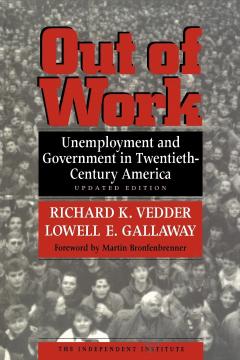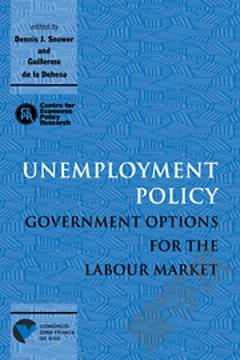Three Cheers for the Unemployed: Government and Unemployment before the New Deal
Three Cheers for the Unemployed describes the beginnings and development of unemployment reform up to the New Deal. As a consequence of the large-scale industrialization after the Civil War, joblessness could no longer be considered to be caused by character defects, but had to be ascribed to societal forces. It became clear that traditional remedial measures could not cope with the problem adequately. By the time the United States entered World War I, reformist thinkers had devised the major tools that were later used to deal with unemployment. After the war and during most of the 1920s, these tools underwent thorough examination and refinement. The early years of the Great Depression saw them used tentatively. On the eve of the New Deal, a well-reasoned and successfully tested group of social programs was available. This book essentially refutes a social-control explanation for this process. It demonstrates that the unemployment measures of the New Deal emanated from the reformist endeavors of the Progressive Age.
{{comment.content}}








 京公网安备 11010802027623号
京公网安备 11010802027623号